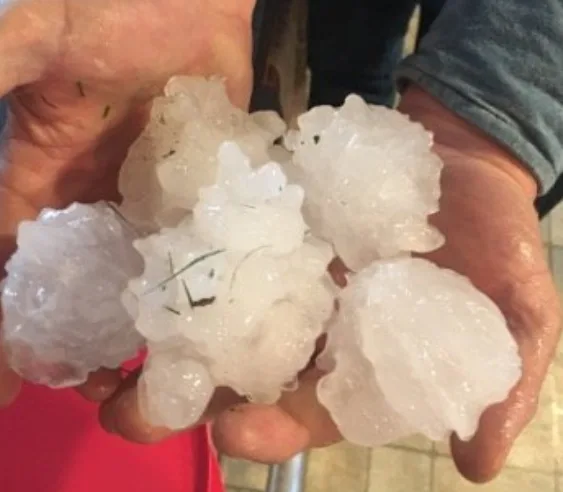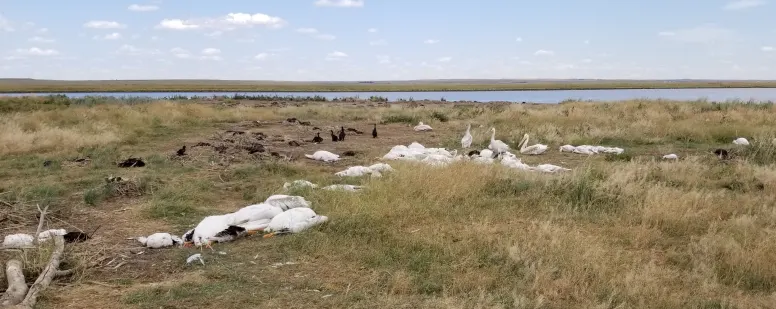
A single hailstorm killed more than 11,000 birds last week
More than 11,000 waterfowl were killed or seriously injured by a vicious storm that pelted Montana with hail the size of baseballs last week.
The storm caused extensive damage in south-central Montana, near Billings, as it rolled through the region on the evening of August 11. According to local officials, last weekend's storms caused more hail damage across the state than in all of 2018.
It wasn't until officials visited the Big Lake Wildlife Management Area, west of Billings, later in the week that they discovered the storm's cost to local waterfowl.
"Montana Fish, Wildlife and Parks biologists who visited the lake this week picked up dead ducks and shorebirds with broken wings, smashed skulls, internal damage and other injuries consistent with massive blunt-force trauma," reads a release from Montana Fish, Wildlife, and Parks (FWP). "They reported thousands of additional dead or badly injured waterfowl and wetland birds in and around the lake."
All told, officials estimate between 11,000 and 13,000 birds were killed or badly injured by the storm, including ducks, Canada geese, double-crested cormorants, and gulls, among other waterfowl.

Young birds walk among carcasses of pelicans and double-crested cormorants killed August 11, 2019, by 2-inch hail and 70 mph wind at Big Lake Wildlife Management Area west of Molt. Image courtesy Montana FWP.
FWP wildlife biologist Justin Paugh estimated that 20 to 30 percent of the birds at the lake were killed or injured. Paugh also believed five per cent of the remaining ducks and up to 40 per cent of the pelicans and cormorants at the lake showed some injuries.
Officials will continue to monitor the lake amid concerns that rotting carcasses may lead to further problems for the local bird populations, including diseases such as botulism.
It's not all grim news from the lake, however. In the wake of a wet spring, the lake is reportedly full and currently covers some 4,000 acres (1620 hectares) -- much of which is covered with life.
"The lake is still covered with waterfowl that are alive and healthy," says Paugh. "Life will go on.”
Sources: Montana FWP | Billings Gazette | IFLScience |





